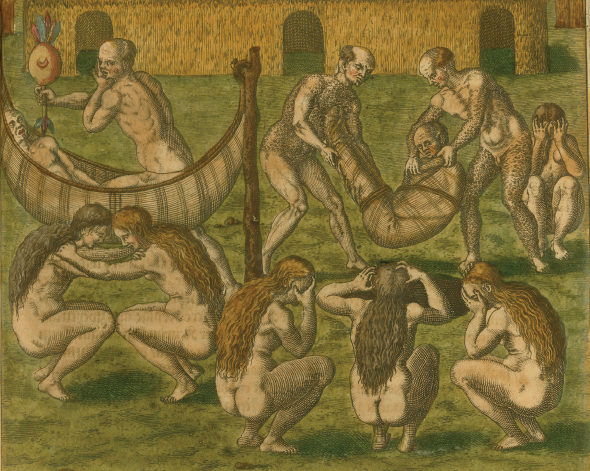America’s History: Printed Page 46
America: A Concise History: Printed Page 40
America’s History: Value Edition: Printed Page 39
Brazil’s Sugar Plantations
Portuguese colonists transformed the tropical lowlands of coastal Brazil into a sugar plantation zone like the ones they had recently created on Madeira, the Azores, the Cape Verdes, and São Tomé. The work proceeded slowly, but by 1590 more than a thousand sugar mills had been established in Pernambuco and Bahia. Each large plantation had its own milling operation: because sugarcane is extremely heavy and rots quickly, it must be processed on site. Thus sugar plantations combined backbreaking agricultural labor with milling, extracting, and refining processes that made sugar plantations look like Industrial Revolution–era factories.
Initially, Portuguese planters hoped that Brazil’s indigenous peoples would supply the labor required to operate their sugar plantations. But, beginning with a wave of smallpox in 1559, unfamiliar diseases soon ravaged the coastal Indian population. As a result, planters turned to African slaves in ever-growing numbers; by 1620, the switch was complete. While Spanish colonies in Mexico and Peru took shape with astonishing speed following conquest, Brazil’s occupation and development progressed more gradually; it required both trial and error and hard work to build a paying colony.
